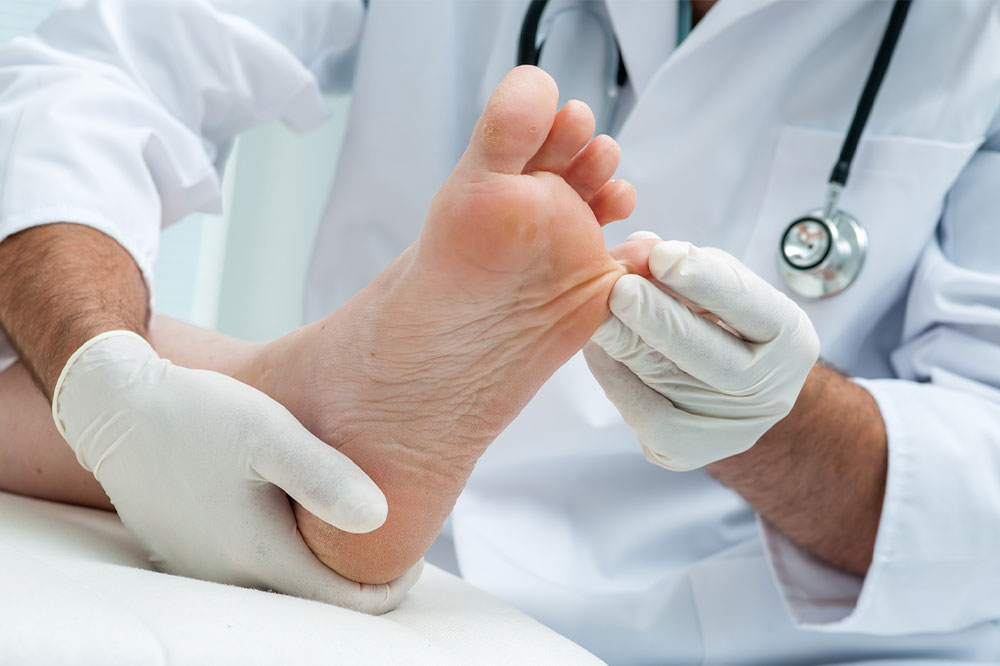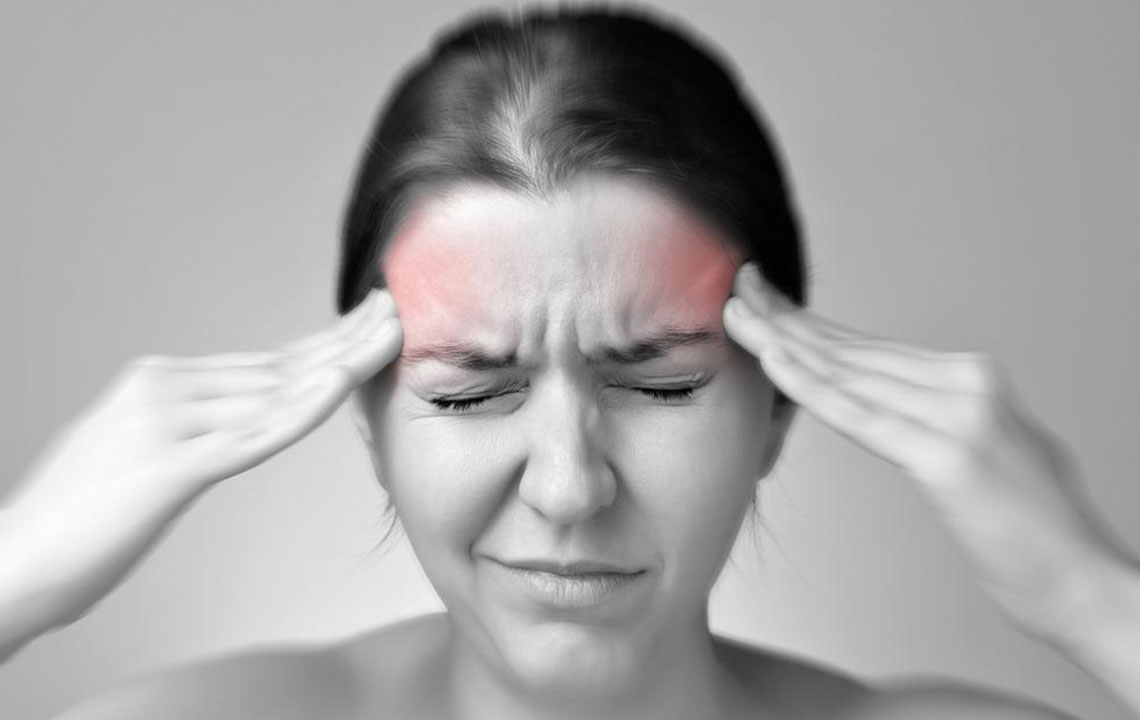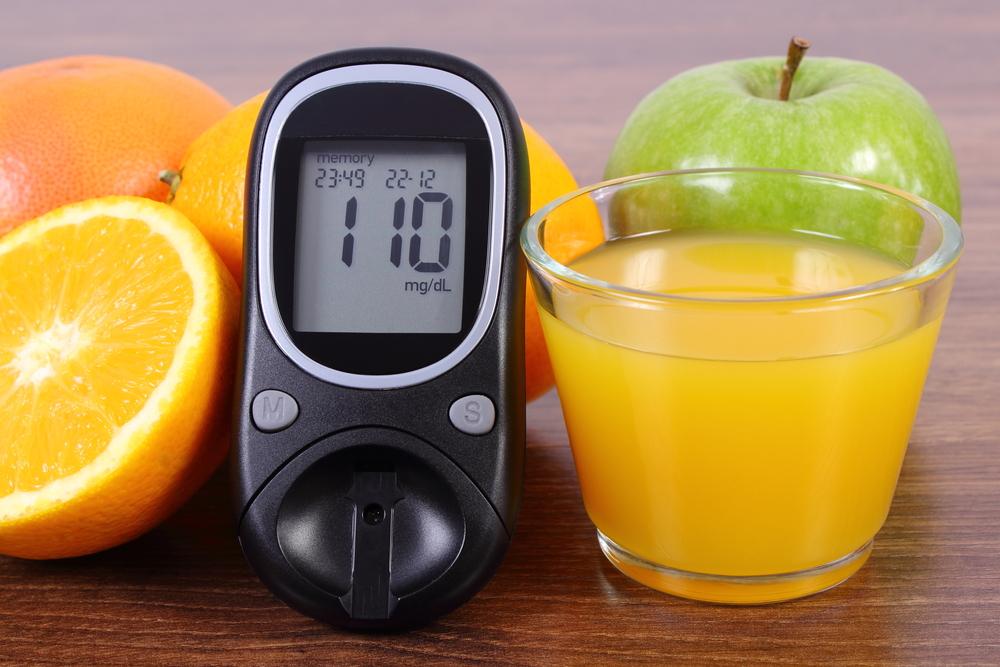Understanding Primary Pulmonary Hypertension: Causes, Symptoms, and Management
Primary pulmonary hypertension (PAH) is a rare, serious condition caused by increased blood pressure in the lungs' arteries. Symptoms include dizziness, fatigue, and swelling. Causes often involve genetic factors and other health issues. Diagnosis involves imaging tests and heart assessments. Though incurable, PAH can be managed through medications, surgery, and lifestyle modifications. Early detection is essential for improving life expectancy, making prompt medical consultation crucial for affected individuals.

Understanding Primary Pulmonary Hypertension: Causes, Symptoms, and Management
Primary pulmonary hypertension, also called pulmonary arterial hypertension (PAH), is a rare condition where the blood vessels in your lungs become narrowed or damaged. This increases pressure in the pulmonary arteries, forcing your heart to work harder, which can eventually weaken it. While there's no cure for this disease, management strategies can help control symptoms and improve quality of life. Early diagnosis and treatment are vital to slow progression and prolong survival.
Initial Symptoms
In the early stages, PAH often shows no noticeable signs. As the condition worsens, symptoms become more apparent and include dizziness, chest discomfort, fainting, fatigue, shortness of breath, rapid heartbeat, heart palpitations, chest pain, bluish lips or skin, leg and ankle swelling, and abdominal swelling in advanced cases. Physical activity may become difficult due to breathing issues.
Causes and Risk Factors
PAH arises when the tiny blood vessels in the lungs constrict or become damaged, increasing arterial pressure. Although the exact cause remains unknown, genetic factors like mutations in the BMPR2 gene contribute in 15-20% of cases, often inherited across generations. Other associated conditions include connective tissue disorders, certain infections such as HIV or schistosomiasis, chronic liver disease, congenital heart anomalies, use of recreational drugs, fat-burning substances, and exposure to toxins. When no clear reason can be identified, the condition is termed idiopathic PAH.
Diagnosis Procedures
To diagnose PAH, doctors may perform several tests to evaluate lung and heart function, including:
Chest X-ray: to check for enlarged pulmonary arteries
MRI or CT scan: to detect blood clots in the lungs
Electrocardiogram: to identify heart rhythm issues
Echocardiogram: to assess heart structure, function, and pulmonary artery pressure
These assessments help rule out other causes of symptoms and confirm PAH. Management and Treatment Options
There's currently no definitive cure for primary pulmonary hypertension. Treatments mainly focus on alleviating symptoms and preventing complications. These include:
Medications: drugs that relax blood vessels or manage accompanying conditions
Surgical interventions: procedures like atrial septostomy to reduce heart pressure or, in severe cases, lung or heart transplants
Lifestyle changes: adopting a healthier diet, engaging in regular mild exercise, maintaining optimal weight, and quitting smoking, which can improve overall wellbeing
Early detection and ongoing care significantly enhance survival prospects, emphasizing the importance of consulting healthcare providers when symptoms arise.









